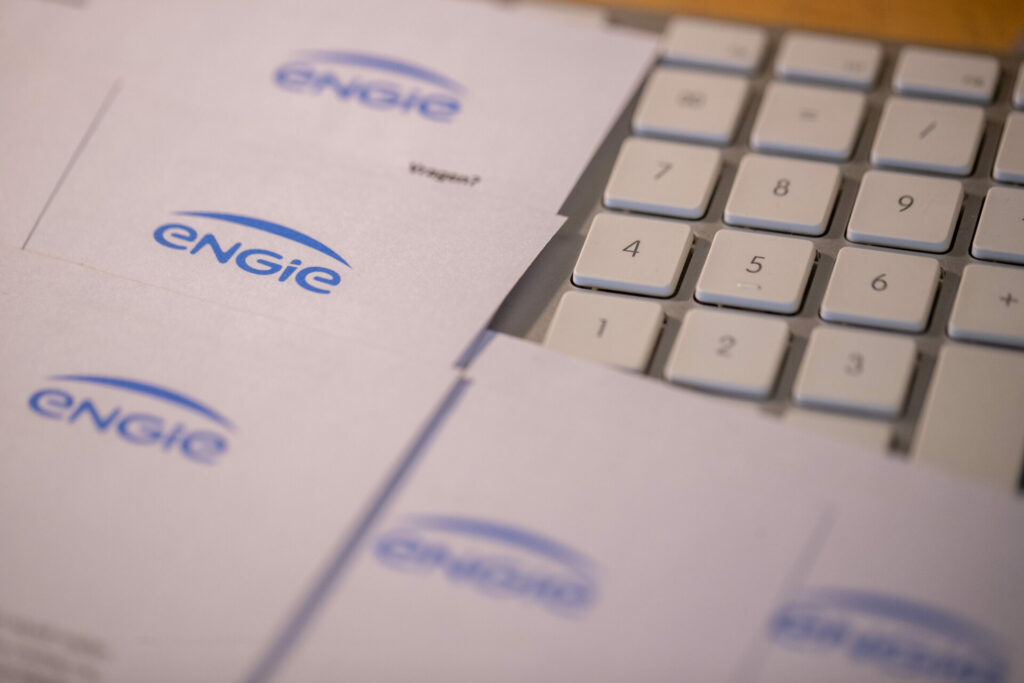As Belgian households brace themselves for record-high advance payments on their energy bills, a three-digit code will allow them to predict the amount to pay this winter.
Given the monopoly of variable contracts within the energy market, most Belgian households are predicting a price rise on their energy bills this winter as prices of electricity and gas have skyrocketed due to the war in Ukraine.
As a result, Flemish outlet Het Nieuwsblad has found a way for Belgians to predict potential price rises on their energy contracts.
Spotting the difference
Energy bills are either indexed on the spot or forward market. On the spot indicates that the gas or electricity was purchased at the price of the day and supplied the next day; forward market means the energy was purchased in advance and delivered at a later date.
While customers are better off with "spot" contracts, most suppliers buy their products in the forward market to safeguard themselves from the volatility of energy prices.
However, a three-digit code on contracts means that customers can still forecast the price they will pay on their energy bills.
Cracking the code
The most prevalent codes are 101, 103, or 303, with each digit having its own significance in the price.
The first digit refers to the period on which the indexation is based, with 1 indicating that the price is adjusted to the previous month's average price and 3 indicating that the price is changed to the average price of the three prior months combined.
The specific month on which the indexation is based is specified in the second number, which is usually 0, indicating that it is based on the month previous.
Related News
- European energy prices fall due to warm weather
- 'Beware of fake energy bill tips,' Test Achats warns consumers
- Interactive: How much are your home appliances costing you?
The third digit defines how long the price is in effect, with 1 indicating that the price is modified on a monthly basis and 3 indicating that the amount is fixed for three months.
This has led experts to deduce that code 103 is the best to have as households would be paying the same price on their energy bills in October, November, and December, based on a September average. Those with the code 303 however will continue to pay the high prices of last summer until the end of the year.

